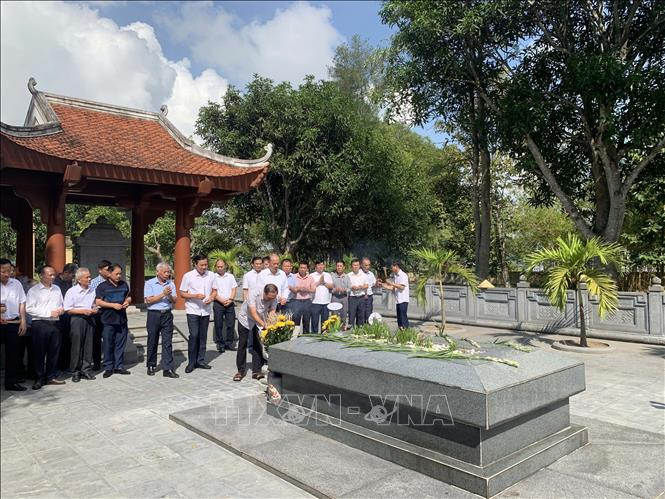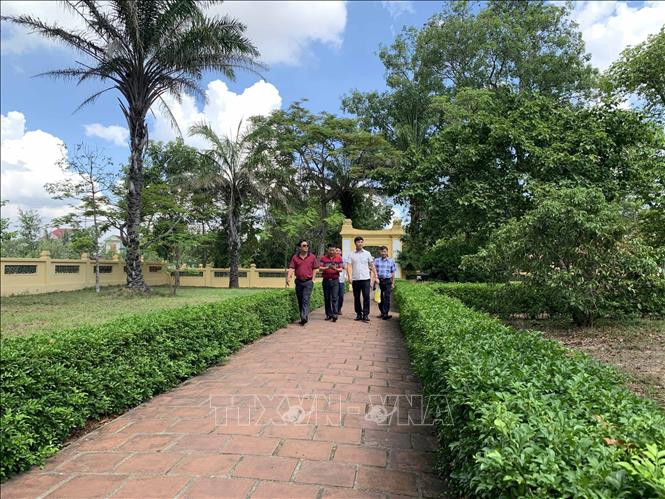On September 24, the 203rd memorial ceremony of the great national poet and world cultural celebrity Nguyen Du (1820 - 2023) was held by the Department of Culture, Sports and Tourism of Ha Tinh province.

The great poet Nguyen Du was a famous poet and a great cultural figure. He left behind many immortal literary works, both in Chinese and Nom scripts, including the Tale of Kieu. Nguyen Du's cultural heritage is a product of the crystallization of the intellect, soul, and beauty of Vietnamese culture through his talent, and over time, that heritage has become a part of the quintessence of human culture.
Deputy Director of the Department of Culture, Sports and Tourism of Ha Tinh province, Tran Xuan Luong said that the memorial ceremony aims to commemorate the great contributions of the great poet Nguyen Du to Vietnamese literature, expressing the respect of the cadres and people of Ha Tinh for Nguyen Du's works, especially the masterpiece Truyen Kieu. At the same time, it contributes to promoting and educating the younger generation about traditional cultural values.
To honor the great contributions of the Great Poet Nguyen Du to the national culture and the core values of humanity, in 1965, the World Peace Council decided to celebrate the 200th anniversary of the birth of the Great Poet Nguyen Du along with 8 cultural celebrities around the world. Nearly 50 years later - in 2013, the UNESCO General Assembly decided to honor the Great Poet Nguyen Du along with 107 cultural celebrities of humanity.

Currently, the Great Poet Nguyen Du Relic Site in Nghi Xuan District is a special national relic. Here, there is an area displaying more than 2,200 typical documents and artifacts such as Nguyen Du's inkstone, a Kieu copy printed from an 1866 engraving, a Tale of Kieu written in calligraphy (unique copy), the longest calligraphy of Tale of Kieu in Vietnam (unique copy), a collection of Tale of Kieu published in various languages, a collection of books written about Nguyen Du... Each year, the Relic Site attracts about 20,000 to 30,000 visitors to visit, research and study.
According to Tin Tuc newspaper